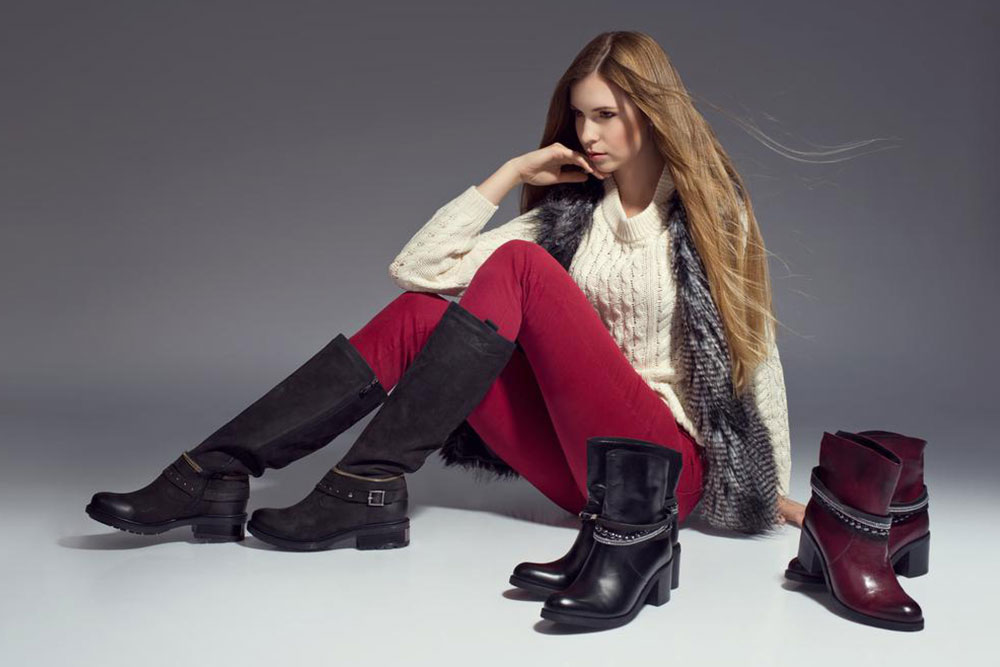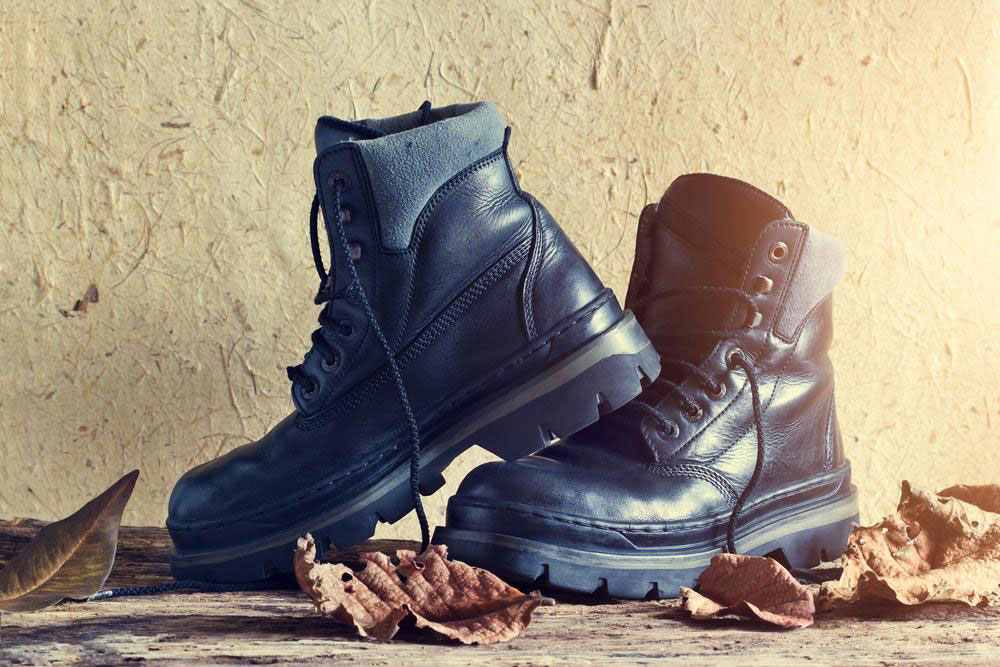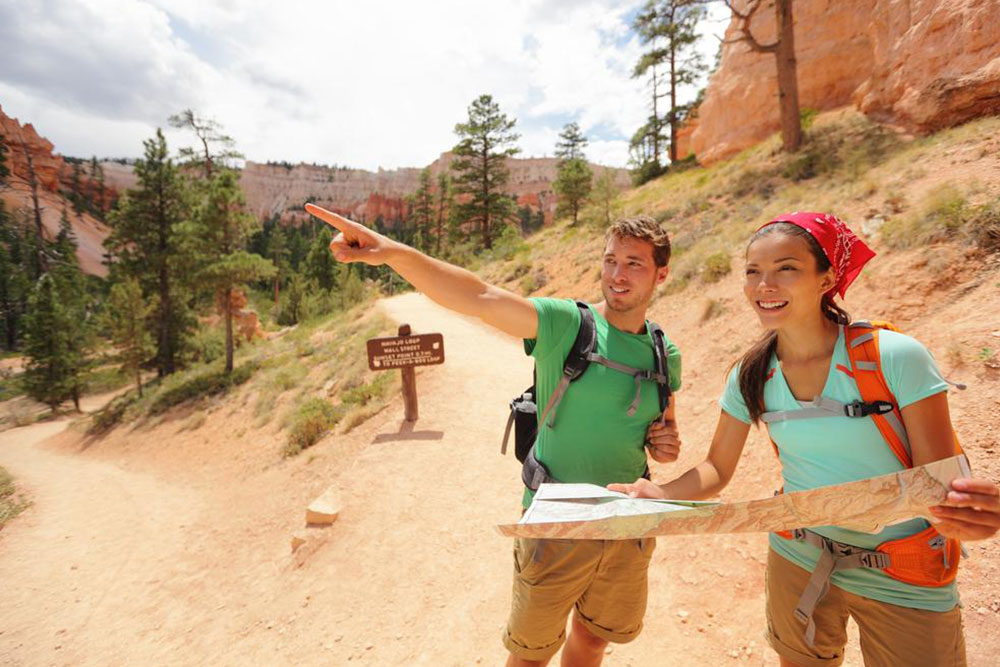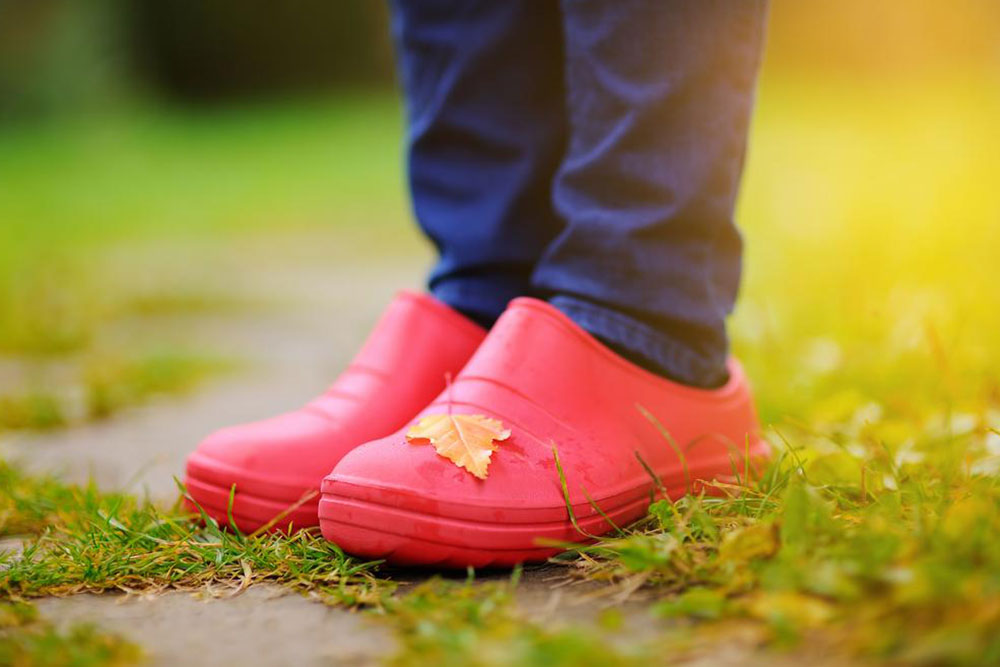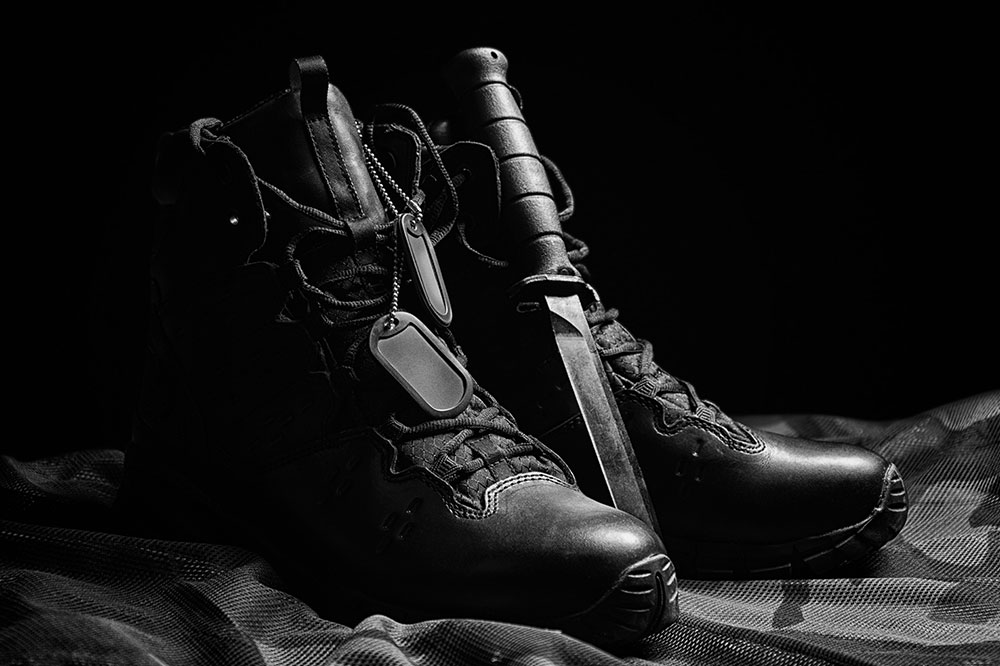Top 3 Tips for Selecting the Best Hiking Shoes
Discover essential tips for choosing the perfect hiking footwear, including selecting the right style, examining construction quality, and ensuring proper fit. Proper hiking shoes are vital for safety, comfort, and performance on all terrains. Learn how to pick footwear suitable for various hiking conditions, from light day trips to demanding mountaineering expeditions. Our guide helps you make informed decisions to enhance your outdoor adventures and avoid discomfort or injuries. Choose footwear that matches your needs and keeps you comfortable on the trail.

Top 3 Tips for Selecting the Best Hiking Shoes
Choosing the right hiking shoes is essential for a comfortable and safe outdoor experience. Proper footwear prevents blisters, supports stability, and enhances your enjoyment on the trail. Since different terrains demand different shoe styles, it's important to consider your hiking conditions carefully. Here are key tips to help you find the perfect pair for your adventure:
Select the Appropriate Shoe Type
Determine your hiking environment and load to choose the suitable style:
Lightweight Hiking Shoes
Ideal for day hikes, these shoes are perfect when carrying minimal gear on easy trails.
Backpacking Boots
Designed for multi-day trips with heavy loads, offering durability and substantial support on rough terrains.
Mountaineering Boots
Best for winter excursions and ice climbing, these heavy, stiff boots are built for extreme conditions and extended carries.
Evaluate Construction Quality
Inspect the shoe's outsole, midsole, insole, and upper for durability and comfort. The outsole should have sturdy treads for grip, the midsole likely polyurethane for support, and the insole should add cushioning for arch support. Full-grain leather shoes are excellent for harsh terrains and water resistance but tend to be heavier and less breathable. For lighter options, split leather or synthetic materials work well.
Ensure Proper Fit
Comfortably fitting shoes are crucial. Ensure they aren't too tight, allow room for toe movement, and feel good with trail socks. Test them by walking around, on inclines, and stairs—preferably later in the day when feet swell naturally. A good fit enhances safety and reduces fatigue during hikes.
Note:
The content on our site offers valuable insights across various outdoor topics. While our research aims to inform, readers should consider that some details or offers may vary elsewhere. We disclaim responsibility for discrepancies or changes outside our platform.

